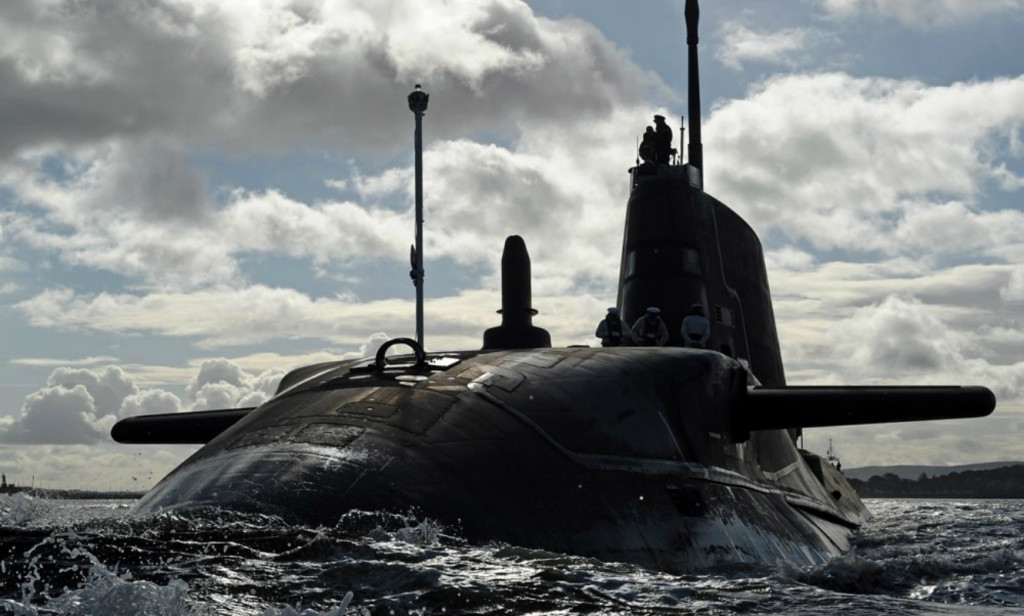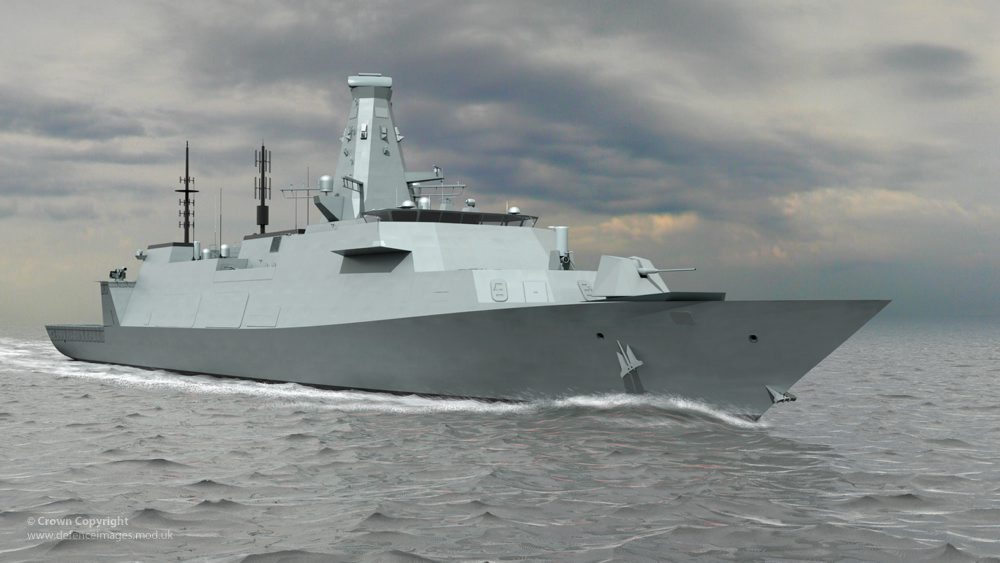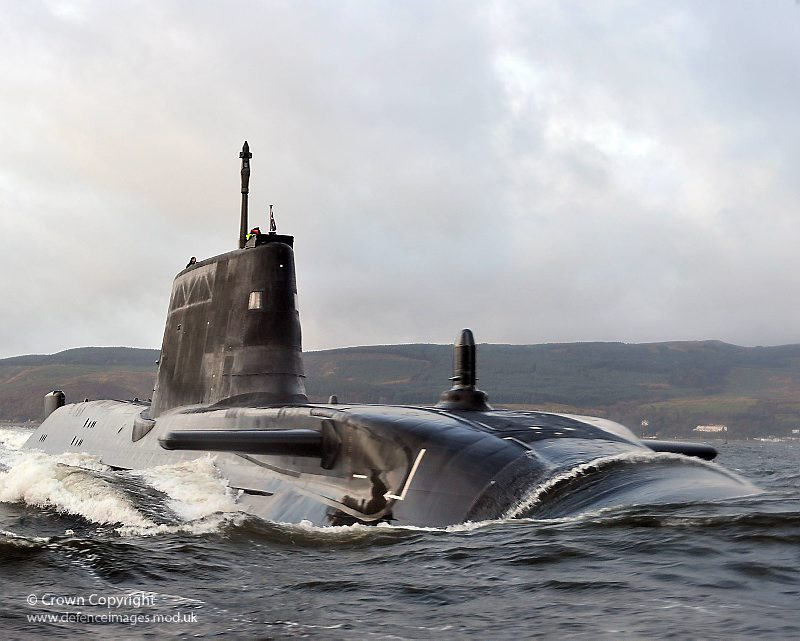The Maritime Dimension of Britain’s New Strategy

The 2015 Strategic Defence and Security Review (SDSR), presented by Prime Minister David Cameron to the British Parliament on Monday, signifies a welcome return to strategic maritime thought by the government of the United Kingdom. The new strategic document seeks to align ends, ways, and means while also considering risks identified in the National Security Risk assessment. It charts a clear course to develop credible carrier strike capability, improve anti-submarine warfare capability, and continue to provide a credible nuclear deterrent. Although it has some shortfalls, this shift signals the United Kingdom’s intent to reclaim a position of global naval leadership and will undoubtedly present new opportunities for enhanced U.S.-U.K. bilateral cooperation.
The Royal Navy has been in steady decline since the start of the decade, shrinking from a force of 89 ships in 2000 to 65 ships today. The Royal Navy’s fleet currently consists of only 19 destroyers and frigates with no operational aircraft carrier, in comparison to a fleet of three aircraft carriers and 33 destroyers and frigates in 2000. This descent was perpetuated in part by the 2010 SDSR, which drove substantial cuts to defense spending. The 2010 document abruptly directed retirement of the Harrier short takeoff/landing squadrons and announced the government’s intent to operate only one of two aircraft carriers being built. At that time, a conscious decision was made to sacrifice carrier strike capability as an offset for land-based requirements in Afghanistan. Additionally, the 2010 SDSR ordered cancellation of the Nimrod MRA4 maritime patrol aircraft program, a Royal Air Force program critical for maritime security and necessary for maintaining an effective anti-submarine warfare capability.
The strongest signal of the U.K. government’s intent to reemerge as a global maritime power was communicated in the decision to establish continuous carrier strike capability by operating two aircraft carriers. These ships and embarked aircraft will be able to deliver hard power through traditional carrier strike and maneuver missions, provide support for amphibious operations, improve conventional deterrence and soft power capability, and serve as highly effective tools of diplomacy and deterrence. The formation of an additional F-35B squadron is a tangible move to ensure tactical combat aircraft are available by the early 2020s, when both carriers will be ready for operations. Critics may contend that the procurement timeline is too slow to meet the carriers’ full operating capacity of approximately 36 embarked aircraft per ship, but the significance of this accelerated investment should not be underestimated, especially given that the 2015 SDSR also reaffirms the United Kingdom’s intent to purchase 138 aircraft over the life of the program. The Royal Navy will still be forced to navigate manning challenges proactively, as the 2015 SDSR only calls for an increase of 400 navy personnel – far short of the 2,500 personnel requested by Royal Navy leadership. Lastly, it is worth noting that the SDSR places conspicuous emphasis on U.S.-U.K. interoperability through regular planning and training, with a stated goal of achieving the ability “to fly aircraft from each other’s ships.” This statement is particularly important because it opens the door to operate U.S. Marine F-35Bs from U.K. aircraft carriers, a development which would represent a quantum leap in interoperability and cooperation. Such integration would not be unprecedented; in 2007, a squadron of Marine AV-8B Harriers embarked HMS Illustrious during a joint training exercise. Although an operational deployment would require extensive planning and preparation, leadership on both sides of the Atlantic should consider the benefits and drawbacks of embarking Marine aircraft to build allied strike capacity on U.K. carriers.
The decision to purchase nine P-8A Poseidon maritime patrol aircraft could not be any more timely, as a U.K. newspaper this week reported that French Atlantique 2 maritime patrol planes and Canadian aircraft are searching for a Russian submarine presumed to be operating in the vicinity of Scotland. The British Armed Forces lost their ability to search effectively for submarines in sovereign waters when the government decided to scrap organic maritime patrol capability in 2010, relying instead on allied aircraft to fill the gap. The Cameron government recognizes that effective anti-submarine warfare capability is absolutely necessary to protect the United Kingdom’s ballistic missile submarine deterrent, ensure defense of Britain’s newly procured aircraft carriers, and contribute to maritime security. The P-8As will reintroduce organic U.K. maritime Intelligence, Surveillance, Targeting and Reconnaissance (ISTAR) capability, provide additional search and rescue coverage, and facilitate enhanced maritime patrol coordination with the United States and other allies. Royal Air Force crews have been honing their anti-submarine warfare skills in U.S. P-8 aircraft for the past few years as part of a program called “Operation Seedcorn,” an investment that will support restoration of these capabilities in minimal time by reducing initial aircrew training requirements.
The United Kingdom’s renewed commitment to maintaining an effective anti-submarine warfare capability is further demonstrated by its decision to begin replacing the Type 23 frigate with eight Type 26 Global Combat Ships. Although this decision represents a reduction from the previous plan to buy 13 ships, Royal Navy ship end strength will grow in the long term as the United Kingdom builds smaller “general purpose frigates” with greater potential for export demand. A less expensive and lighter variant of the Type 26 could fill such a role, or the government could move to build a new ship altogether. This investment, coupled with the announcement to purchase two offshore patrol vessels and the development of a national shipbuilding strategy in 2016, demonstrates the government’s vision to maintain and grow the industrial base.

Continuous, at sea nuclear deterrence is one of Britain’s primary mechanisms for asserting global influence. The 2015 SDSR maintains nuclear deterrence as a fundamental facet of the United Kingdom’s national security policy, while acknowledging the importance of Britain’s deterrence contribution to NATO security. A deliberate replacement of the Vanguard strategic ballistic missile submarines with four Successor class submarines will ensure the preservation of this essential capability. Although future debate in Parliament will take place regarding the principle of continuous at sea strategic deterrence and the Successor program, the government’s intended direction is clear. The development of a common missile compartment, nuclear propulsion plant, and integrated combat systems are definitive examples of areas where enhanced cooperation has resulted in cost savings through economy of effort. We should expect this type of coordination to continue in the future.

The 2015 SDSR signals the Conservative government’s unmistakable ambition to breathe new life into Britain’s role as an international maritime power, which is a welcome change in course from the previous review. The future is being shaped by sound investments in carrier strike capability, F-35 Joint Strike Fighter, maritime patrol aircraft, shipbuilding, and strategic nuclear deterrence. A strong desire for international cooperation will drive a new age of enhanced U.S.–U.K. maritime cooperation and should result in the return of British maritime leadership, specifically within NATO and Europe.
Commander Matt Schnappauf is the U.S. Navy Hudson Fellow to St. Antony’s College, Oxford University. The views expressed are his own and do not reflect the official position of the U.S. Navy, U.S. Department of Defense, or U.S. Government.
Photo credit: Defense Images

